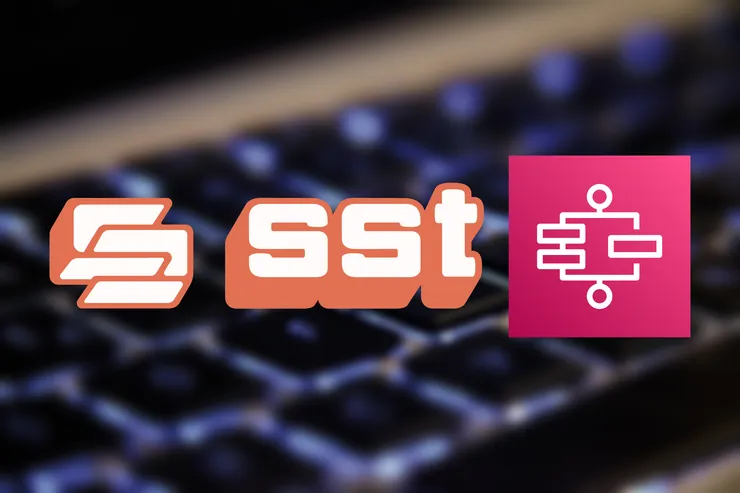How to successfully implement your MACH architecture
Loïc Carbonne5 min read

In the previous article presenting the benefits and disadvantages of a MACH architecture, we discovered that MACH brings scalability, upgradability, and accelerates time-to-market for an e-commerce platform. However, these benefits are not guaranteed if the implementation is not done well.
In this article, we will provide advice to help you successfully implement your MACH architecture.
1st tip: Decouple your services following Domain-Driven-Design principles
Creating coupling between services is a common mistake with micro-services architectures. If services are tightly coupled, any change to one service leads to changes in other services. This directly undermines the promises of modularity, maintainability, and interchangeability.
That coupling can occur after poor division of business services : making services too small creates coupling between services that should have been within the same service. You use Domain-Driven Design to help you slice and define the boundaries of your services.
Coupling can also occur with poor application architecture. Within the code, use Anti-Corruption Layers: layers of data serialization that must be created in order to transform the data as it is sent by a service before using it. Thus, if you want to replace a service, you can do it directly by modifying only this layer. This practice, commonly used between backend services, must also be implemented on frontend side, allowing you to decouple frontends and backends.
2nd tip: Prefer “Buy” instead of “Build” as much as possible
Thanks to the modularity provided by the MACH architecture, the integration of external SaaS is facilitated and is recommended. We then speak of a “Buy vs Build” strategy, and buying SaaS services rather than building them will greatly accelerate the time-to-market.
Many tools exist in various fields, for example Algolia for research, Contentful for content editing, BigCommerce or CommerceTools for core ecommerce solutions, and even Storefronts like NextJS Commerce. Some of these tools are certified by the MACH Alliance, an organization that guarantees compliance with the MACH principles on these solutions and therefore their interchangeability.
These tools also provide connectors between them in order to accelerate their integration. In just a few clicks, you can, for instance, find your products and content on your search engine, synchronize your catalog with your CMS, or even connect your storefront to a headless store.
3rd tip: Favor “Best-of-breed” solutions rather than “All-in-one”
You may be tempted to choose “all-in-one” solutions to simplify processes and cover as many business areas as possible at once. However, in a MACH architecture, we will seek to exploit the best of each solution in their respective business fields, thus providing a cutting-edge experience.
Moreover, even though “all-in-one” solutions now offer APIs to integrate with other services, the integrations are not as fluid, and the customization possibilities are not as good as “best-of-breed” solutions, designed to be easily integrated. These solutions are generally designed from the start to have simple and generic APIs, while all-in-one solution have APIs that have been added later and which inherit the complexity of the overall system.
4th advice: Build your MACH architecture gradually
A common mistake is to build the perfect target architecture right away. Or to think that the MACH approach is unsuitable because it is too complex. We prefer a progressive approach. If we start a new project, the architecture can simply be composed of a frontend and a headless core e-commerce solution, then we can add new bricks according to new business needs. If we have a legacy system, we can gradually migrate it module by module, focusing first on features adding the most value.
A gradual approach will make it possible to release features very quickly, for example, by using a Saas solution, and you should not be afraid to change solutions later. Thanks to the modularity provided by the MACH architecture, changing solutions will have a low cost.
5th tip: Surround yourself with experts on these subjects
The implementation of a MACH architecture, which brings its share of benefits, needs technical expertise. Poorly implemented, it can be costly and you can loose its advantages. It is important to recruit or surround yourself with experts on the subject.
Experts on MACH architectures will know how to avoid differences?, classic pitfalls and set up an architecture that does not degrade quality or performance.
In addition, MACH experts familiar with the different solutions on the market will facilitate their integration. Having used these tools frequently, it is common for these experts to develop partnerships with providers, thus allowing you to benefit from continuous training and a privileged hotline to resolve the various obstacles encountered during an implementation quickly.
Conclusion
We have seen that the main elements allowing for the successful implementation of a MACH architecture don’t occur during the implementation but rather before. The most important part is defining the technical architecture, choosing the tools and Saas to use, or recruiting the technical team.
At Theodo, we have been able to develop expertise on these subjects after more than 13 years spent with clients ranging from start-ups, scale-ups to large enterprise groups. If these issues concern you, contact us to discuss them.


